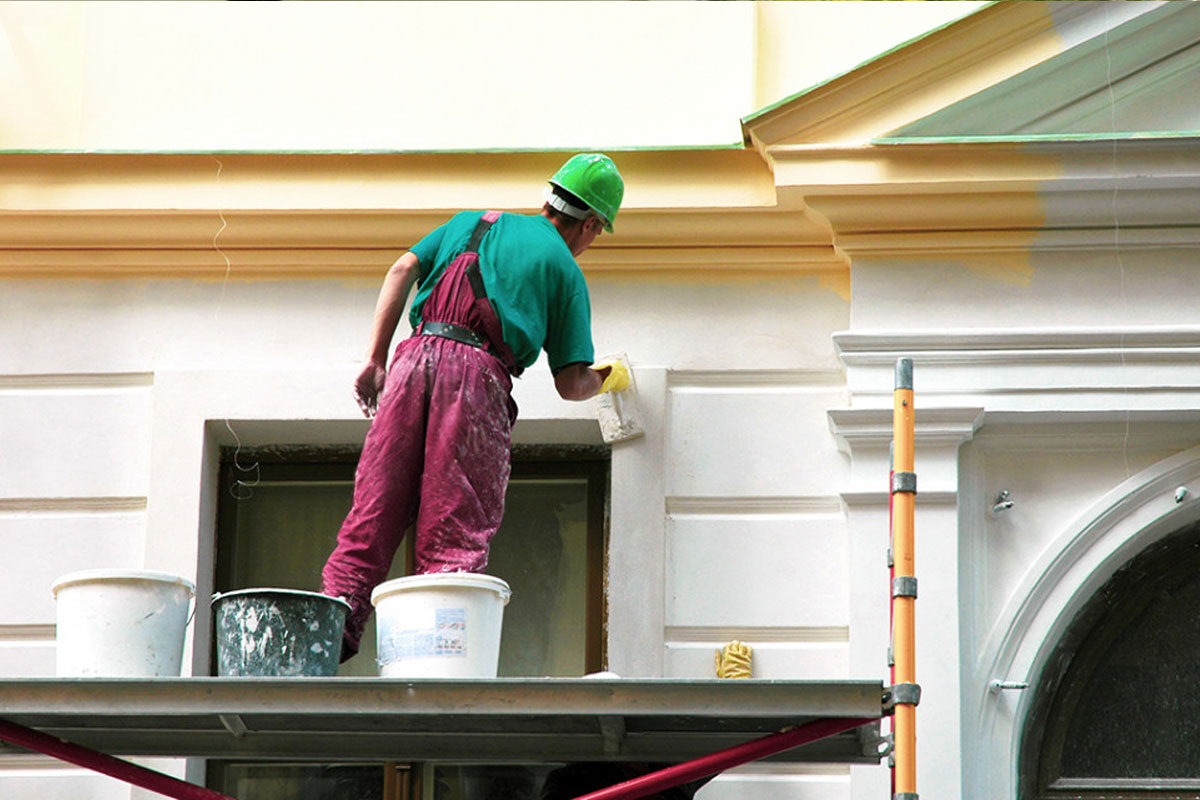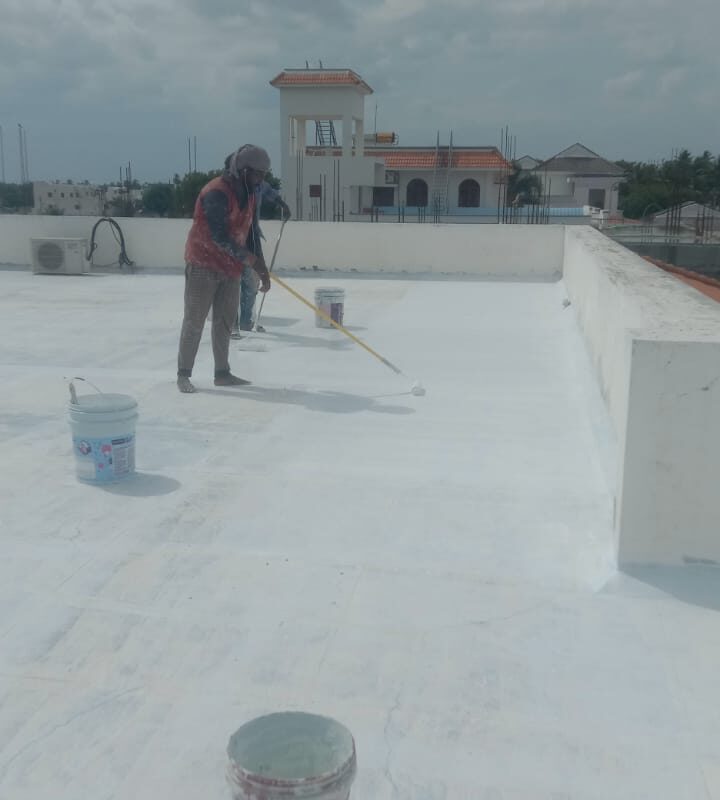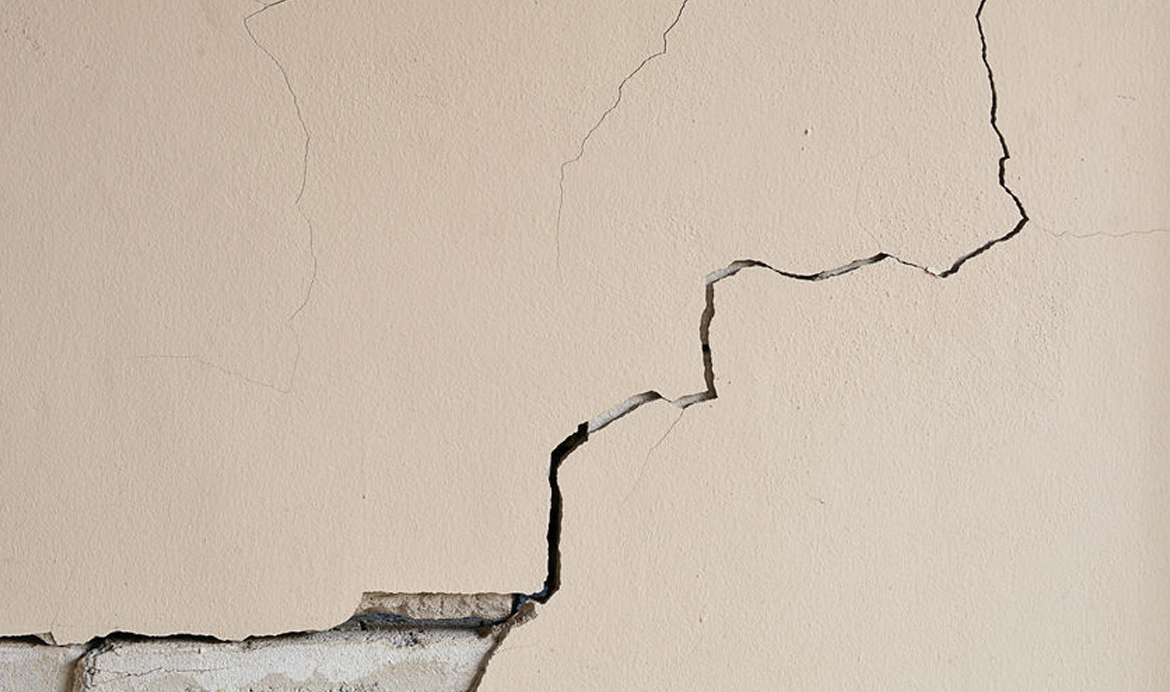Weatherproofing is a crucial aspect of building construction and maintenance. It involves protecting a structure from the elements, such as rain, snow, wind, and temperature fluctuations, to ensure its longevity, durability, and energy efficiency.
Key benefits of weatherproofing buildings include:
- Structural integrity: Proper weatherproofing helps prevent moisture from penetrating the building’s exterior, which can lead to rot, Mold, and structural damage.
- Energy efficiency: Weatherproofed buildings retain heat better in winter and stay cooler in summer, reducing energy consumption and utility bills.
- Indoor air quality: By preventing moisture intrusion, weatherproofing helps maintain a healthy indoor environment by minimizing the growth of mold and mildew.
- Property value: Well-maintained and weatherproofed buildings generally have higher property values.
- Comfort: A weatherproofed building provides a more comfortable living or working environment by regulating temperature and humidity.
Common weatherproofing techniques include:
- Sealants and caulking: Filling gaps and cracks in the building’s exterior to prevent water infiltration.
- Flashing: Installing metal or plastic strips around windows, doors, and chimneys to divert water away from the building.
- Roofing materials: Choosing durable and weather-resistant roofing materials, such as asphalt shingles, metal roofing, or tiles.
- Ventilation: Ensuring proper ventilation to prevent moisture build-up and mold growth.
- Insulation: Adding insulation to walls, ceilings, and floors to improve energy efficiency and reduce heat loss.
Tektact helps in weatherproofing measures. Therefore, building owners can protect their structures, reduce maintenance costs, and create a more comfortable and sustainable living or working environment for a longer period.



